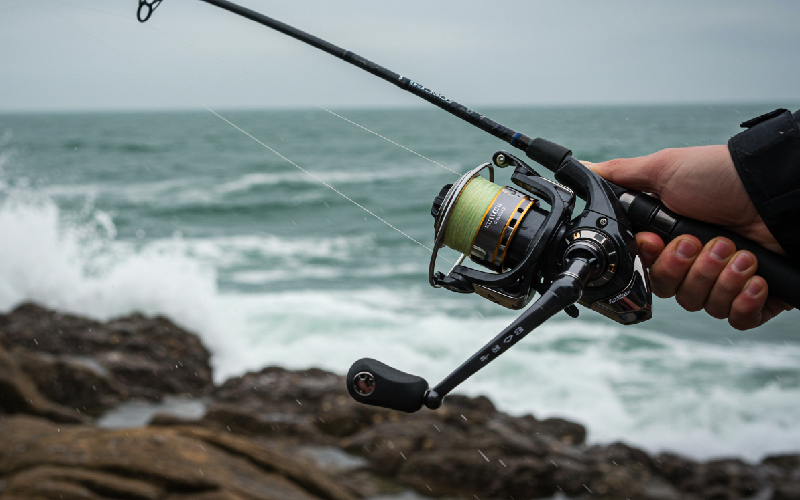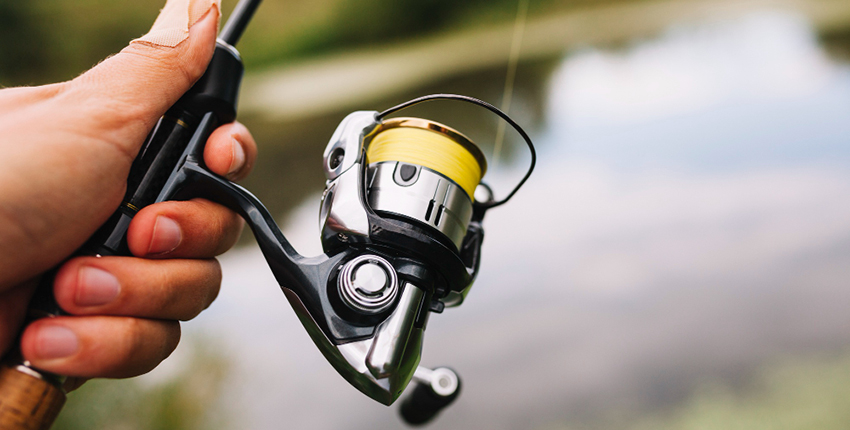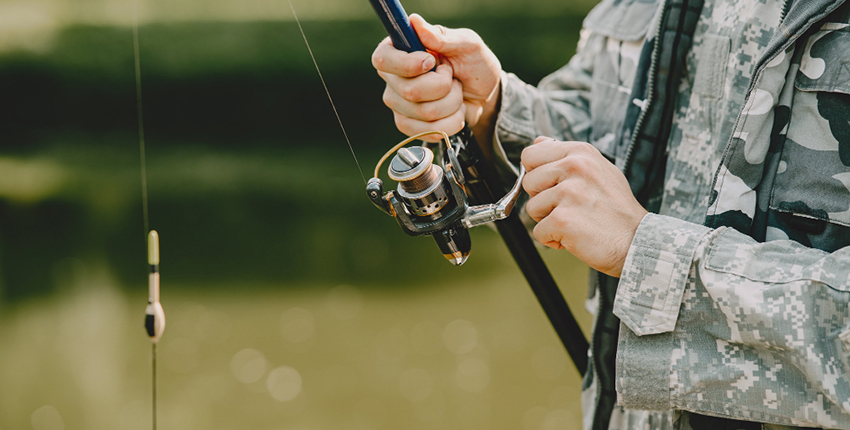Baitcasting reels (also known as multiplier reels) are fishing tackle that most of the actors in the sport would find very useful, particularly for sea fishing. These types of reels are designed with power, precision, and control which makes them well suited to the catch of larger fish. Nevertheless, one needs to be able to get the multiplier reel optimally on its toes through the proper settings. In this Guide, we are going to show you how to prepare your multiplier fishing reel correctly to get the best results, so that you do not waste any minute when you are out of water.
1. Understanding the Basics of a Multiplier Reel
Before diving into the setup, it’s crucial to understand what makes a multiplier fishing reel unique. Unlike fixed-spool reels, the spool on a multiplier rotates as you cast and retrieve, giving you greater control over your line’s speed and tension. This setup is especially useful in sea fishing, where casting distance and accuracy are critical.
Multiplier reels also come with adjustable drag systems and brake settings, both of which play a significant role in preventing tangles and enhancing casting performance. Understanding these features will help you adjust your sea fishing reel multiplier correctly for smoother operations.
2. Choose the Right Fishing Line
The type of fishing line you use with your multiplier reel can make or break your fishing experience. For sea fishing, monofilament or braided lines are the most commonly used options.
- Monofilament Line: The Monofilament line is flexible and forgiving, which can be helpful for beginners learning to use a multiplier reel.
- Braided Line: Known for its strength and sensitivity, the braided lines work well when targeting larger fish species.
To start, spool your multiplier fishing reel with a line that suits the type of fishing you plan on doing. Make sure to load the line evenly across the spool to avoid any snags or uneven tension.
Pro Tip: Fill your reel to around 80-90% capacity to avoid overloading, which can cause casting issues.
3. Adjust the Drag System
The drag adjustment on a multiplier fishing reel is employed to let you modulate the resistance experienced by a fish when it pulls on the line. This function is particularly important when deep sea fishing since this is where a faster and stronger fish is likely to encounter. If the drag is set properly, it can help avoid the collapse of the line.
- Start by setting the drag to about 25-30% of your line’s breaking strength.
- Use the reel’s drag knob to fine-tune the setting based on the size of the fish you’re targeting.
This setting gives you enough resistance to tire out the fish without snapping your line. Keep in mind that you’ll need to adjust the drag settings throughout the day, depending on the species you’re targeting and the fishing conditions.
4. Set the Spool Tension
Anglers should also learn to adjust the spool tension on a multiplier fishing reel. Adequate spool tension allows for smooth operations when casting while alleviating the problem of spooling which results in tangles fondly referred to as ‘bird’s nest’.
Here’s how to set the spool tension:
- Attach the lure or weight you plan to use for fishing.
- Hold the rod at a 45-degree angle and press the reel’s release button.
- Adjust the spool tension knob until the lure falls slowly to the ground without overrunning the spool.
A well-tensioned spool will make a noticeable difference in how far and smoothly you can cast with your multiplier reel.
5. Fine-tune the Brake System
The braking system on a multiplier reel is crucial for controlling the speed of the spool during casting. It prevents backlash and ensures a smooth cast. Most multiplier fishing reels come with either magnetic or centrifugal brakes.
- Magnetic Brakes: These brakes are easier to adjust and are great for beginners.
- Centrifugal Brakes: They provide more control but require more precision when setting up.
Start by setting the brakes to the middle or maximum level, especially if you’re new to using a sea fishing reels multiplier. As you become more comfortable, gradually reduce the braking to improve casting distance without sacrificing control.
6. Practice Your Casting Technique

Once your Fishing multiplier reel is set up, it’s time to practice casting. Start by making short casts in a controlled environment, focusing on keeping the spool speed under control. As you become more comfortable, increase the distance and fine-tune your reel settings as needed.
Here are a few tips to improve your casting:
- Use your thumb to lightly control the spool during the cast.
- Release the line smoothly to avoid jerky movements.
- Practice regularly to get a feel for the tension and brake adjustments.
Remember, mastering a multiplier fishing reel takes time and practice, but once you get the hang of it, the performance benefits are immense.
7. Regular Maintenance for Optimal Performance
To ensure your Fishing reel performs optimally in the long run, regular maintenance is essential. After each fishing trip, especially in saltwater environments, rinse your reel with fresh water to remove any salt or debris. Lubricate the moving parts and check for any wear and tear that may affect the reel’s functionality.
Here’s a basic maintenance checklist:
- Clean the reel with fresh water.
- Lubricate gears and bearings.
- Check the drag system for smooth operation.
- Inspect the line for any signs of damage.
Keeping your reels in top condition will not only improve performance but also extend their lifespan.
Final Thoughts
To get the best performance out of a multiplier fishing reel, one has to first learn the parts of the reel and then tailor it to the various fishing styles. With the correct line fitted, the drag and spool tension set, the brake system adjusted, and some casts taken, learning to operate a sea fishing reel multiplier should not be a hassle.








